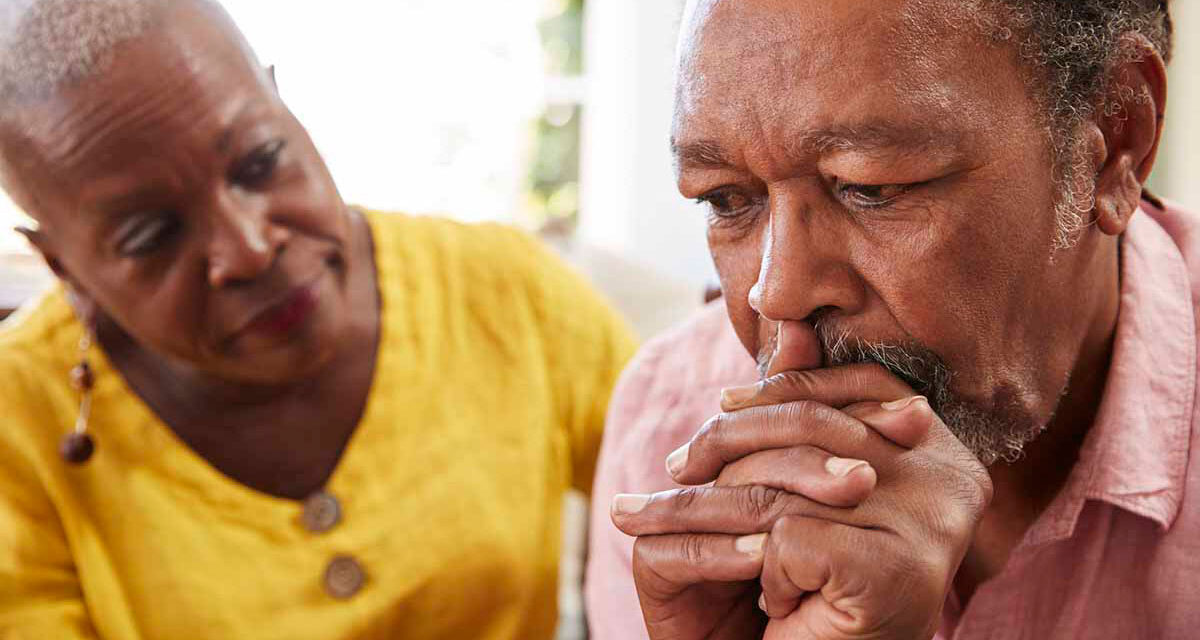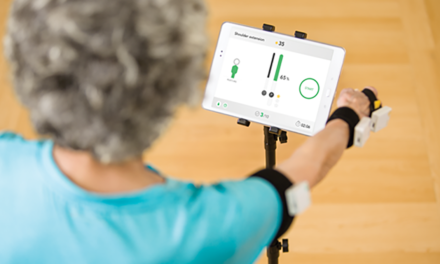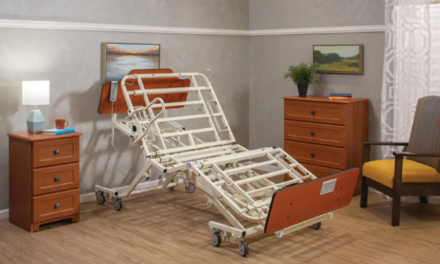By Carolyn Brown
BS, MEd, RN, ARM, CWS, FACCWS
In the current COVID-19 environment, social isolation, loneliness and other situational factors can contribute to feelings of depression and anxiety. Seniors in particular are experiencing a sense of loss, grief and lack of engagement in the social community. Today, our nationally recognized consultant, Carolyn Brown, helps answer some common questions related to helping manage depression in Senior Living.
To help illustrate scenarios, Carolyn uses “Ms. Norton,” a combination of several residents Carolyn has known in her extensive experience in senior care.
What are the signs and symptoms of depression in the elderly?
Signs and symptoms of depression in the elderly include:
- Depressed mood
- Lack of interest in enjoyable activities
- Increase or decrease in appetite
- Insomnia or hypersomnia
- Slowing of movement
- Lack of energy
- Feelings of guilt or worthlessness
- Trouble concentrating
For example…
I heard crying from the room of a newly admitted resident, Emily Norton. I asked her if she needed anything and she replied that everything was gone. I sat down and encouraged her to talk with me. She shared that three weeks ago her husband had died of COVID. They had lived in the same home for 60 years, raised three children, had one grandchild and enjoyed their dog, Misty. Ms. Norton explained her husband kept the household going after she became ill with heart disease.
“Now I live in Long Term Care, in a room that I am sharing with a stranger. I spend the day in a wheelchair, eat my meals off a tray and have not heard from my family.”
I continued to observe Ms. Norton and noticed she moved slowly and her reactions seemed flattened or dulled. Her outlook was bleak and she said she was resigned to a miserable life as if thinking, “What do I have to live for?”
Why do older adults get depressed?
Clinical depression in older adults is common, but that doesn’t mean it’s normal. In the later years of life, there is more in the past than in the future. Common causes of depression may be triggered by important life events, such as retirement, a change or end of a relationship, a change of residence, relocation, long-term isolation or loneliness. There may be other causes of depression based on a person’s unique characteristics, such as loss of a designation or title.
For example…
Ms. Norton had lost her husband, her dog, her home and was not in touch with her children. Ms. Norton was the leader of her knitting group but mentioned a younger member had taken over her duties these past months.
What is the treatment for depression and anxiety in the elderly?
Depression in older adults has a profound negative impact on both their quality of life and physical health. Depression is oftentimes accompanied by anxiety. Here are a few possible interventions to lessen the symptoms of both conditions.
1. Exercise and relaxation
Depression and anxiety treatment includes abdominal breathing, progressive muscle relaxation (relaxing the body’s muscle groups) and biofeedback.
Regular exercise also has a direct impact on several physiological conditions that underlie depression. Exercise reduces skeletal muscle tension, metabolizes excess adrenaline and thyroxin in the bloodstream and discharges pent-up frustration and anger.
2. Monitoring diet
Nutrition and diet can be monitored to aid in the treatment of depression and anxiety in older adults. Stimulants, such as caffeine and nicotine, can aggravate anxiety and leave one more prone to anxiety and panic attacks. Other dietary factors, such as sugar, certain food additives and food sensitivities, can make some people feel anxious.
3. Medications
Medications can also be useful. Symptoms of depression can respond to treatment with selective serotonin reuptake inhibitor (SSRI) and serotonin-norepinephrine reuptake inhibitor (SNRI) medications.
Other medications may be used if an SSRI or SNRI does not provide adequate improvement. For people with severe symptoms or functional limitations, psychotherapy and medication treatment may be combined.
Antidepressants are medicines that treat depression. There are many different types of antidepressants. They may help improve the way the brain uses certain chemicals that control mood or stress. A trial of several different antidepressant medicines may be necessary before finding one that improves symptoms and has manageable side effects.
Antidepressants take time – usually 2 to 4 weeks – to work. Symptoms, such as sleep, appetite, and concentration problems, often improve before mood lifts, so it is important to give the medication a chance to work before deciding whether it is effective. Stopping antidepressants abruptly can cause withdrawal symptoms.
4. Psychotherapy
For depression, the goal is to help the resident experience positive emotion, a surge in energy (even if briefly) or another type of pleasant interaction with the world. The theory is that activating behavior, even when energy or mood is low, can result in some type of positive reward.
Various methods of psychotherapy can be individualized to be most effective. Of these, cognitive-behavioral therapy (CBT) works to replace negative and unproductive thought patterns with more realistic and useful ones. Treatment often involves facing one’s fears and learning how to take control of unhelpful thought traps. Problem-solving therapy has also become very accepted.
Telehealth psychotherapy suggests group meetings for residents, maybe on the community’s family room TV. Staff might also listen in for reminders about the stresses of isolation and interventions to manage care.
For example…
Ms. Norton’s physician suggested psychodynamic talk therapy to give her the opportunity to speak freely about the past and the present so she can discuss her sadness and investigate new opportunities to engage her surroundings.
How can an assistant help residents with depression?
Caregivers, nurses or other assistants can help residents with depression through small interventions and suggestions, including:
1. Arrange social stimulation
Interaction can go a long way in keeping depression at bay. Oftentimes the resident can become distracted by the activity around them and feel more engaged. Providing a seat close to an activity, a fish tank, the aviary or a window can be entertaining and encourage fewer troubling thoughts.
2. Promote pampering or grooming
A hair or nail appointment may have been a relaxing time in the past days of a resident’s life. Brushing hair can be exercise, it’s relaxing, and the outcome can encourage the resident to feel attractive. A colorful nail polish may also lift the spirits.
3. Update the resident’s contact list
Call one of the contacts. Video technology is available in all communities in some form. A one-minute call to wave to a daughter or grandson will have a positive impact on the depressed resident. Show a friend or family something the resident has made and talk about it.
4. Check glasses and hearing aids regularly
Poor vision and hearing loss are common in the elderly and increases isolation, loneliness and depression. Conversations with others are challenging if you can’t hear what they are saying. Hearing and vision work together for improved participation and involvement.
5. Reassess resident’s interests
What would the resident like to do? Have there been any changes in condition?
For example…
Ms. Norton enjoyed painting pictures of flowers with her late husband’s set of brushes. Her worsening arthritis prevents her from gripping the thin brush handles so a new set with a larger grasp has been ordered.
Ms. Norton enjoyed knitting. Her family sends boxes of yarn so she can make afghans for friends and family; however, Ms. Norton needs strong daylight to be able to see well enough to knit. Ms. Norton’s bed assignment has been changed so she can sit at the window in her own room.
Carolyn Brown is a consultant to Direct Supply as well as a nurse educator, speaker and author with more than 35 years of operational experience in healthcare. She is a nationally recognized leader in supporting and helping post-acute care facilities thrive as they contend with tighter funding, new reimbursement methodologies and fewer resources.
Find more information on common resident challenges and caregiving solutions from our experts.




